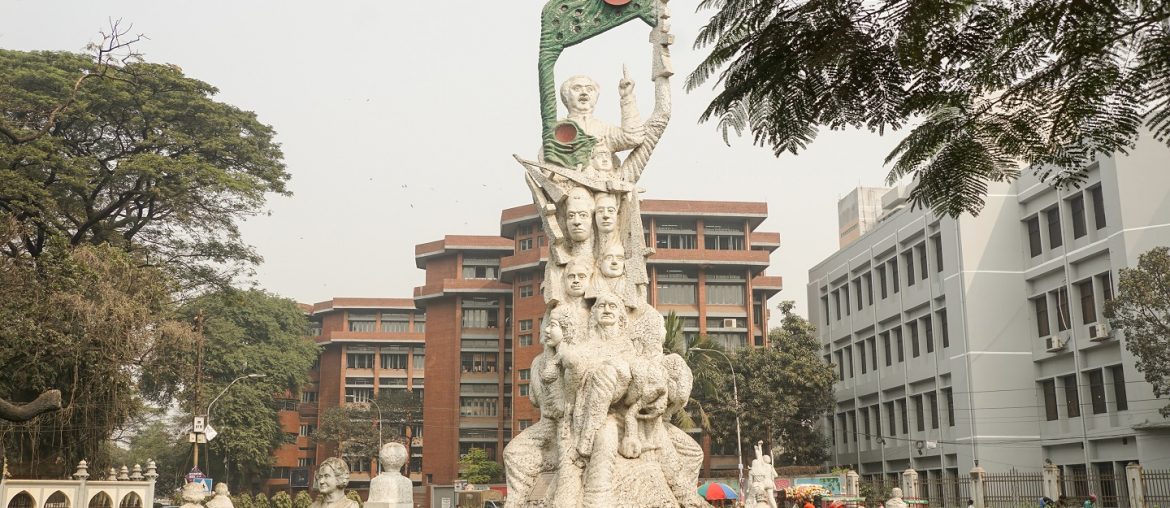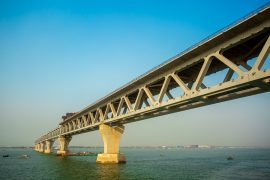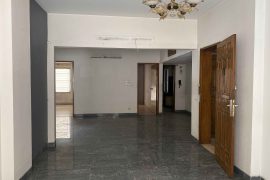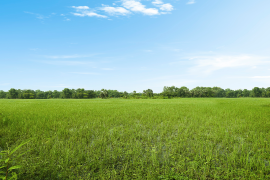In Dhaka, you will feel a wind of change in the air with the arrival of December. On the radio and television, you will hear the echoes of patriotic and wartime songs. And wherever you go, you will be surrounded by a sea of red and green – the colors of our beautiful flag. Wreaths of flowers are made to pay respect to martyrs at memorials. And those who lived and fought through the war are reminded of the battlefield, and their comrades who fought alongside them. In every nook and cranny of Dhaka, you will always be reminded of the revolutionary spirit evoked by the memories of 1971, especially with the war playing a huge role in shaping the city.
Some monuments were built in memory of the sacrifices of the martyrs, and some were built to mark sites where horrible atrocities were committed. War memorabilia such as Shaheed Altaf Hossain’s diary, and Shaheed Azad’s lyrics to the song Bangladesh, are being preserved in newly built museums. And in many busy intersections of the city, grand sculptures tell the heroic tales of our freedom fighters. To commemorate the month of victory, we will be highlighting multiple Liberation War memorials in Dhaka, along with sculptures, sites of atrocities, and museums, in today’s blog.
Memorials
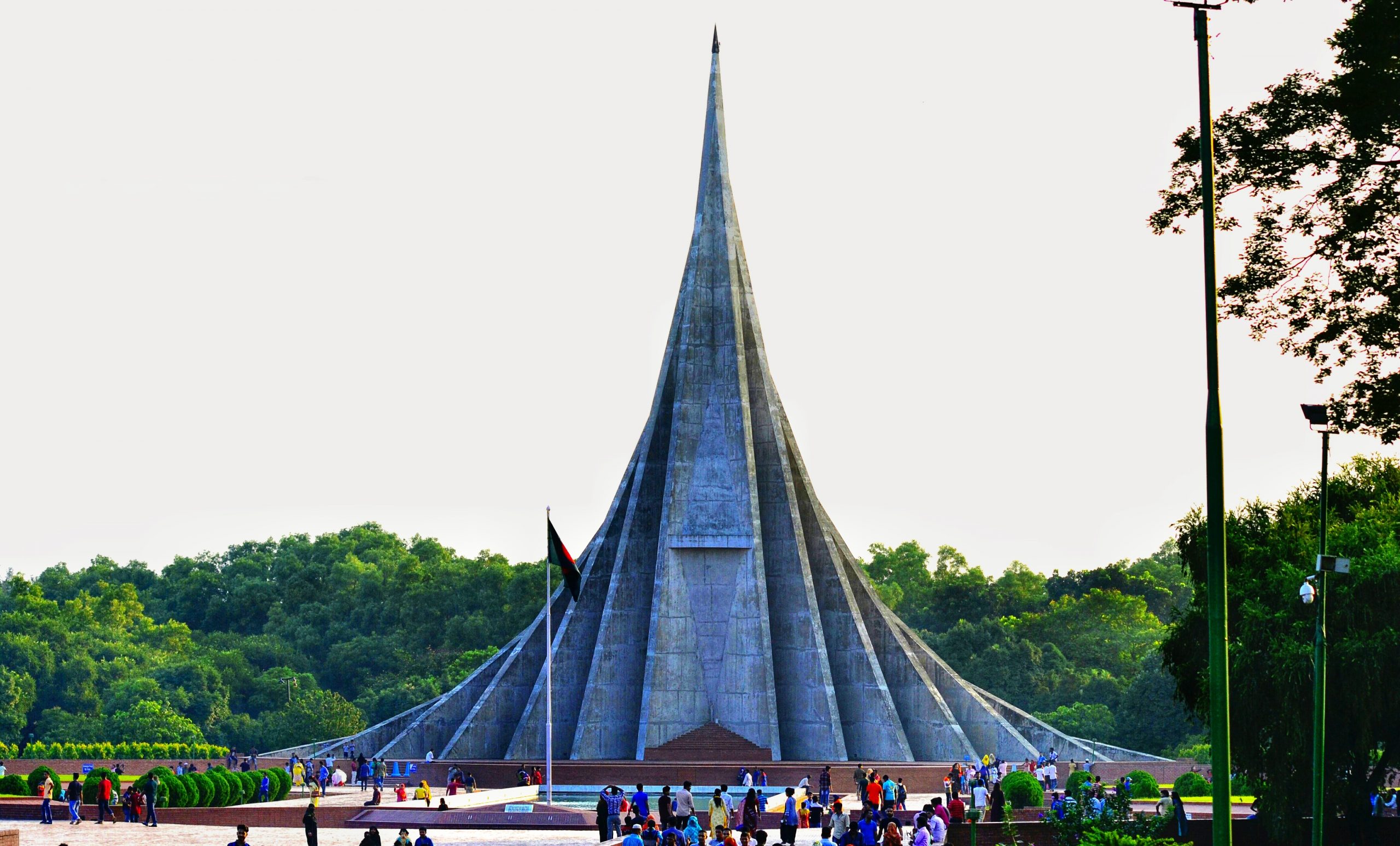
National Martyr’s Memorial, Savar
The National Martyr’s Memorial is situated only 25 kilometers from Dhaka, in Savar. The monument, dedicated to all the martyrs who lost their lives in the liberation war, was designed by Syed Mainul Hossain. Spanning a height of 150 feet, the National Martyr’s Memorial consists of seven triangular-shaped structures, each representing a historic moment in the creation of Bangladesh – the Language Movement in 1952, the legislative election victory United Front in 1954, the Constitution Movement in 1956, the Education Movement 1962, the 6-point Movement in 1966, the Mass Uprising in 1969, and finally, the Liberation War in 1971. It is not just one of the most prominent Liberation War memorials in Dhaka, but a national symbol of Bangladesh.
Martyred Intellectuals Memorial, Rayer Bazaar
When the Pakistan Army sensed imminent defeat in the war, they rounded up some of Bangladesh’s brightest minds and executed them. These included teachers, journalists, doctors, engineers, lawyers, cultural figures, and artists, who would have been the backbone of growth and development for an independent Bangladesh. To commemorate them, a memorial was built at Rayer Bazaar, at the site where this horrible atrocity took place. The monument consists of a curved brick wall that has a square window in the middle, with a granite column in front, that represents grief. The horrible events that took place here, along with its striking architecture make the Martyred Intellectuals Memorial one of the most notable Liberation War memorials in Dhaka.
Independence Monument, Suhrawardy Udyan
On the 7th of March, in 1971, Bangabandhu gave his famous speech at Suhrawardy Udyan, where he said, “Our struggle, this time, is a struggle for our freedom.” This is also the place where 93 thousand Pakistani soldiers surrendered after the war ended. After independence, Suhrawardi Udyan is the place where Bangabandhu gave his first speech to an independent Bangladesh. This place has seen many significant events that took place during the struggle for independence. And to mark the significance of Suhrawardy Udyan, a structure named the Independence Monument was constructed there. Designed by Kashef Mahboob Chowdhury and Marina Tabassum, the 150 feet tall and 16 feet broad structure is a glass tower that is illuminated by light during the night. There’s a water body on the western side and a terracotta mural on the eastern side, depicting war heroes. Underneath this monument, is the Museum of Independence.
Sculptures

Jagroto Chowrongi
The sculptor Abdur Razzaque created this sculpture to commemorate the rural freedom fighters who were one of the first to provide armed resistance during the liberation war. It is located at the Joydebpur Intersection.
Shongshoptok
The 15 feet high sculpture, created by sculptor Hamiduzzaman Khan, was built to rekindle the spirit of 1971. It was installed in 1990 in front of the Central Library at Jahangirnagar University.
Aparajeyo Bangla
The famous sculpture, located in front of the Faculty of Arts in Dhaka University, depicts two men and one woman standing together, symbolizing how a diverse group of people from all walks of life participated in the Liberation War. It was created by sculptor Syed Abdullah Khalid, and work on the sculpture was finished in 1979.
Shoparjito Shadhinota
This sculpture, located in front of the Teacher-Student Centre (TSC) at Dhaka University, was created by Shamim Sikder in 1990. It depicts many aspects of the war, including the violence committed by the Pakistani army, the mass murder of intellectuals, protests and movements, farmers, freedom fighters, and the moment that victory was achieved.
Shadhinota Songram
Another great sculpture by Shamim Sikder, this sculpture depicts some of the most important events of the war, namely the Bengali Language Movement, the Six Point Movement of 1966, the 1969 uprising, the historic speech by Bangabandhu on 7th March, 1971, Operation Searchlight, the declaration of independence on the 26th of March, 1971, and finally, Victory Day on 16th December, 1971.
Sites of Atrocities

Rayer Bazar
The Martyred Intellectuals Memorial at Rayer Bazar commemorates one of the darkest chapters in the history of the Liberation War. From the onset of the Liberation War, the whole area of Rayer Bazar was made into a site where horrible atrocities were committed. The Pakistani Army, along with local militias, made the whole three-kilometer area a site of slaughter where the mass murder of Bengalis took place. This was also the place where 991 intellectuals were murdered. To commemorate those who lost their lives, the Martyred Intellectuals Memorial was created.
Jalladkhana
The Jalladkhana Killing Fields Memorial is located in Mirpur’s Section 10. During the war, many people were killed by the Pakistani Army inside a deserted WASA water pump. It was discovered right after the war ended, with many skeletons strewn around the site. Many skeletons were also discovered inside the water tank. In 1999, the Bangladesh Army and the Liberation War Museum got together to excavate the remains of many men, women, and children, gathering further proof of the heinous atrocities that took place there.
Bangla College
In 1971, the Pakistani Army, along with local militia, established a camp in Bangla College, where they murdered numerous Bengalis. The main administrative building was made into a torture cell, and the field in front of the hostel was made into an execution site, where people were killed by firing squads. Throughout the war, a lot of murder and rape took place here. After the war ended, Bangla College became a site where numerous markers of a horrific genocide remained.
Jagannath Hall
On the night of 25th and 26th March, in 1971, the Pakistani Army launched a horrible assault on the students of Jagannath Hall of Dhaka University, killing many students, teachers, and staff residing there. After the killings took place, the Pakistani Army bulldozed their remains into the ground.
Museums
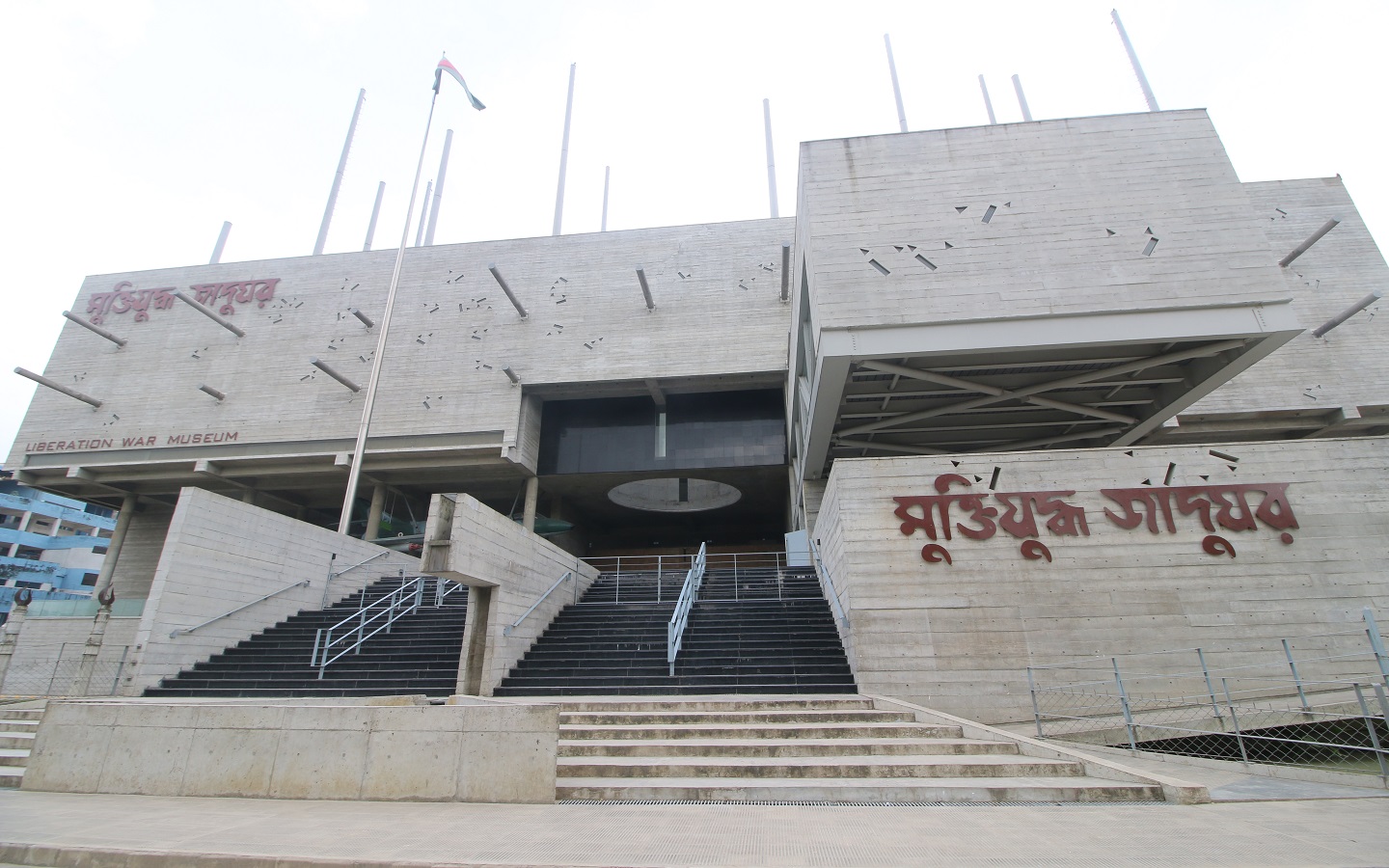
Liberation War Museum
The purpose of this museum is to collect and preserve historical artifacts from the Liberation War and the overall struggle for Independence. The museum also aims to inform the newer generation of Bangladeshis of how we achieved our Independence. Although only 1,300 artifacts are on display at the museum, the overall collection exceeds 21,000. At first, it was located inside a rental home at Shegunbagicha. But now, it has moved into a new, purpose-built, state of the art museum in Agargaon.
Museum of Independence
This museum aims to preserve the history of the Suhrwardy Udyan. Constructed in 2011, the museum is located beneath the Independence Monument in Suhrawardy Udyan. Right at the entrance of the museum, there’s an eternal flame that symbolizes the eternity of Bengali nationalism.
Shaheed Janani Jahanara Imam Memorial Museum
The museum was created to preserve the memory of Jahanara Imam, as well as her son, Shaheed Shafi Imam Rumi, who was a valiant guerilla fighter of the Crack Platoon during the war. It is located at their family residence, in Elephant Road, and has numerous items used by the family, including awards, photographs, and documents relating to the war, along with many personal items.
Bangladesh Police Liberation War Museum
Located in Rajarbagh, the museum highlights the contribution of the Bangladesh Police during the Liberation War.
Bangabandhu Memorial Museum
The museum, located in Dhanmondi 32, used to be the residence of the Father of the Nation, Bangabandhu Sheikh Mujibur Rahman. Later on, it became a museum to commemorate his life, and to inform the newer generation of the important role that he played in the struggle for Independence.
The songs and stories of the Liberation War will be passed down from generation to generation. The Liberation War memorials in Dhaka will go a long way in ensuring that future generations will know of the events that resulted in the creation of Bangladesh.

